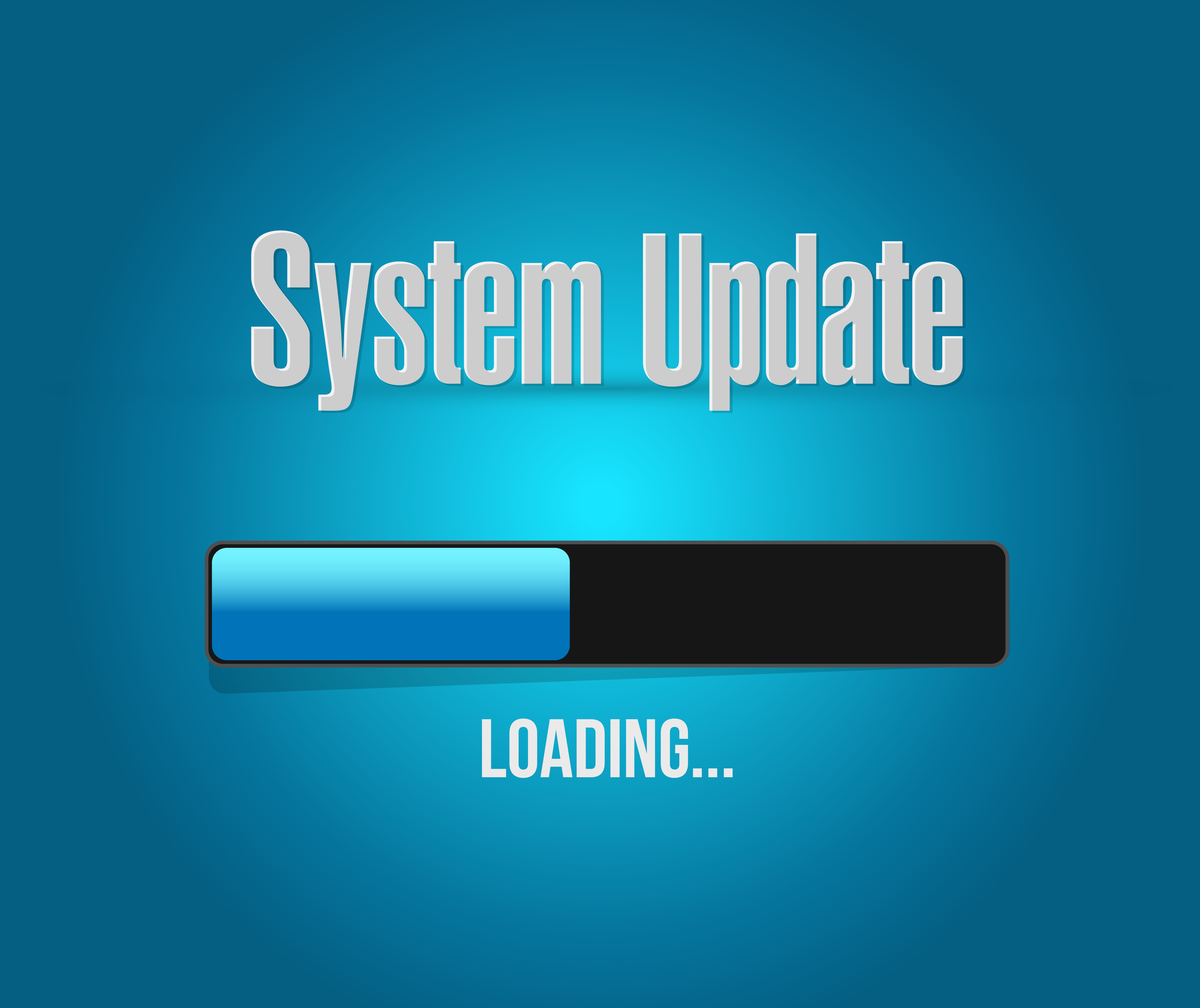
The saying goes, “Old habits die hard.” But in the ASC billing office, repeating the same mistakes costs time, money, and resources. Hence, the process of identifying process inefficiencies and areas of improvement is a constant responsibility for an effective ASC billing office. It is generally good practice to conduct a complete billing office process improvement evaluation and plan implementation at the end of each financial quarter. At the close of a quarter, there is enough data to review, identify, and correct negative trends. The start of a new quarter provides a clean slate for tracking the impact of the changes three months from now.
Where to begin?
Start by identifying your weaknesses by analyzing available data. This data can come from your patient accounting system and/or clearinghouse. Error tracking allows you to quantify mistakes that prevent clean claims. Reviewing clearinghouse rejection reports may identify trends. If you regularly find the same rejections, log the incidence as well as the resolution changes you make to help you identify and correct the issue. It may also be beneficial to review adjustment journal codes and ensure they meet your tracking needs in case you need to analyze payment or adjustment trends. These metrics can help you identify training opportunities for your staff at all stages of your billing cycle.
Collaboration
In an efficient billing office, a system of checks and balances establishes itself when billing tasks are departmentalized. The schedulers provide the patient and billing information, verification confirms the feasibility of the case under the provided circumstances, coders translate the visit for delivery to the insurance carrier, data entry qualifies the billing information, and accounts receivable ensures maximum reimbursement for the team’s efforts. Each subsequent person that handles the information relies on the previous person’s understanding of healthcare billing. Every individual’s work is verified, but not repeated, in the next step in the process. When each of these groups of people are housed in the same location, collaboration is as simple as looking over the cubicle wall. If your ASC billing office is off-site, the frequency and timeliness in which front office errors are communicated may impact the ASC billing office revenue cycle. It is important to have timely and frequent communication in this scenario.
Cross-train
Requests should not be put on hold when someone is out sick! Besides needing backup to cover absences, cross-training allows employees to understand how people in other roles manage their time and contribute to the success of the team. Transparency among departments and roles invites accountability. The quarterly billing office process improvement review is a perfect time to identify areas where cross-training is needed to fill gaps and/or back up a role.
Empower
A billing office’s process improvement plan success is dependent on the team’s commitment to the improvements. Encourage staff to participate and take charge of change. They perform the tasks that bring the money in the door. Policies and procedures sound good on paper, but execution can reveal unexpected roadblocks. Your team has ideas of how to prevent issues and improve the process. Implement the solutions that will work best for your team and your center.
Re-evaluate
CMS guidelines, fee schedules, CPT/ICD-10/HCPCS codes, pre-certification lists, and coverage policies – this information changes monthly, quarterly, annually. Subscribe to insurance company newsletters and follow medical societies, revenue cycle resources, and vendors. Assign someone to distribute beneficial information to affected groups of people. This may include surgeons, their billing office, facility administrators, and insurance verification specialists, in addition to your own revenue cycle team. The information released may force you to take yet another look at your revenue cycle needs and adjust as necessary!
Summary of Tips for ASC Billing Office Process Improvement
Make it regular. ASC billing office process improvement review should take place on a regular basis, whether conducted monthly, quarterly, or on another schedule.
Review the data. Reviewing rejected claims logs and other data allows you to identify trends and billing office inefficiencies.
Promote team collaboration. Billing office roles will naturally back each other up when operating in sync with collaboration.
Incorporate occasional cross-training. A fresh set of eyes can provide valuable insight into simple changes that can increase efficiency or reduce errors.
Don’t leave out clinical roles. They have valuable insights that can affect coding and thus reimbursement. Evaluate the use of expensive implants and supplies to ensure you are billing and collecting as your contracts allow.
Re-evaluate and update regulatory information. It is crucial to the essential function of the ASC billing office to maintain accurate and up-to-date records when it comes to CMS guidelines, fee schedules, CPT/ICD-10/HCPCS codes, pre-certification lists, and coverage policies. This should also be a part of the regular ASC billing office process improvement review.
The only constant in the healthcare industry is change. When so many professionals rely on your office for the financial deliverables of their organization, as in the ASC billing office, it is imperative to stay up-to-date with industry changes. Regular review of your internal processes is the best way to keep up.
Bethany Bueno, Director of Billing Operations










